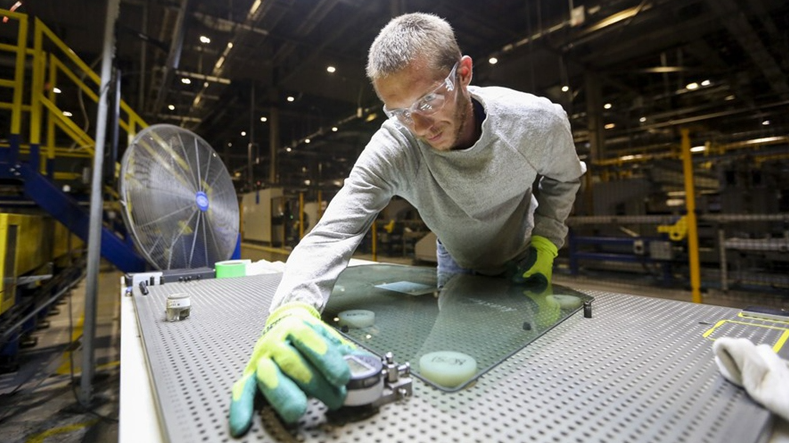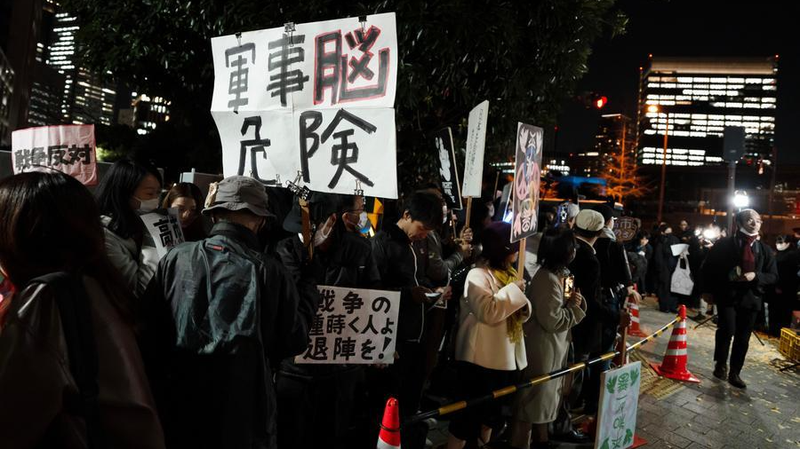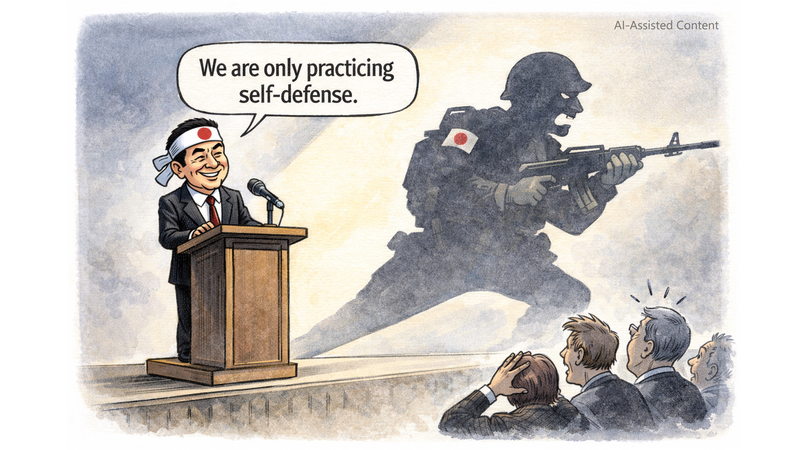When sweeping tariffs were announced in April to bring factories and jobs back to American soil, hopes ran high for a manufacturing renaissance. Yet data and on‑the‑ground realities suggest a different story.
Since the 1994 North American Free Trade Agreement, the United States has shed roughly 90,000 factories—a decline policy makers hoped to reverse with new border levies. Instead of spurring a boom, sudden tariffs have fueled global uncertainties. The International Monetary Fund warns these measures could slow global growth in 2025 and stoke higher inflation.
Behind the numbers lies a critical question: do many Americans actually want to work in factories? Observers who’ve lived in Washington, D.C., California, Missouri and Louisiana from the late 1980s to the early 2000s recall that factory roles were often low‑paid and viewed as undesirable. These jobs became staples for new arrivals and foreign‑born workers, while union influence weakened under profit‑driven management.
Key Takeaways
- 90,000 U.S. factories lost since NAFTA signed.
- IMF foresees slower growth and higher inflation by 2025.
- Factory work often shunned due to low pay and conditions.
As Washington grapples with economic uncertainty, tariffs alone appear insufficient to rebuild a robust manufacturing sector. A broader strategy—one that addresses wages, training and investment—may be essential to turn trade policy into tangible factory floor gains.
Reference(s):
Tariff wars fail in reviving afflicted U.S. manufacturing industry
cgtn.com




